- No products in the cart.
(1935) Still LIfe with Lamp and Fish – original graphical sheet bound into bibliophilia no. 54
Emil Filla
a href=“https://investinart.biz/shop/?min_price=2900&max_price=3000&lang=en&filter_autor=filla-emil-en&filter_kategorie=graphics&filter_tema=cubism&s=54&post_type=product“ alt=“Show entire set“ title=“Show entire set“>Show entire set
Drypoint, 1935, size 22,8x17cm
Denoted right bottom: E. F. v oválu
Signed right bottom: Emil Filla
Popis
Drypoint, 1935, size 22,8x17cm
Denoted right bottom: E. F. v oválu
Signed right bottom: Emil Filla
The highest achieved price for oil on canvas by Emil Filla on the Czech auction market: 19.5 million CZK, Adolf Loos Apartment and Gallery, Prague, 2010
The highest achieved price for oil on canvas by Emil Filla on the world auction market: 588 thousand €, Sotheby’s, 2011
In Filla´s graphic still lives from the years 1930-1936, the whole space of the image is unified into one pure flat warp, which is substantiated in a matter-of-fact way by the desk of the table, visible from the direct perspective The table located in the centre of the composition firmly frames and closes the emptiness of the illusive, infinite space that is disappearing to the infinity. The perception that is moving away from the real being of an individual thing, now takes a much larger area of reality – the grouping of more things on the table in the environment of a room. The things lying on the table are now – as solid objects – interpreted by the painter from their individual specific sides and attributes, which the artist could perceive thanks to his highly active creative and aesthetic relation to the world.
The graphics Still life with Lamp and Fish is based on the contrast of light and shadow, understood as the morality aspects and the meaning value of light and the depicted things, which were for certain not chosen randomly.
All three objects depicted on the table (the lamp, the fish, and the egg in a glass) symbolically refer to the figure of Jesus Christ. The lamp, in Christian iconography, is connected with the symbolic of light. Jesus says: “I am the light of the world. He who follows me, shall not walk in darkness, but will have the light of life.” (John 8:12-13) The lamps are a shining light of souls that was ignited by the sacrament of baptism. Their oil represents the fruit of good works. The trays of the lamps are the human bodies, in which hearts, the treasure of pure conscious must be preserved.
Also, the fish was a very common symbol of Jesus Christ in the early Christianity. Already in the Antiquity, it had the role of a saviour and this meaning was transferred to Christ. The fish became the symbol of Christ for its Greek name: „ichtys“, where the individual letters are also the initial letters of Greek words – Iésus Christos Theú Hyipos Sótér (Jesus Christ, Son of God, Saviour) The sign of fish thus became the logo of faith, depicted not only on walls but engraved to gravestones and sarcophagus.
The egg is the symbol of the resurrection of Jesus Christ and of the eternal life, the hope for the infinite being, introduced illustratively as disposing of the dark and clutching material shell of the earthly being. In this sense, the Easter eggs were sanctified to the honour of the resurrection of Christ.
Bibliography:
Čestmír Berka: Emil Filla, grafické dílo, Odeon 1968, str.: 36, 270.
Další informace
| Autor | |
|---|---|
| Období | |
| Místo vzniku | |
| Rok vzniku | |
| Kategorie | |
| Technika | |
| Téma | |
| Signováno | |
| Rozměr díla | 30.5 x 47.5 cm, ⤢ 56.4 cm |
| Rozměr kresby díla | 22.8 x 17 cm |
Pro přidávání recenzí se musíte nejdříve přihlásit.



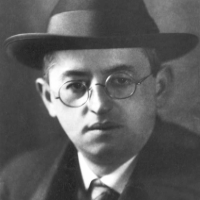

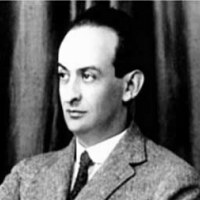


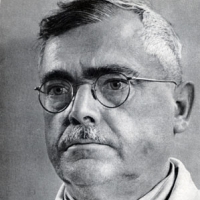
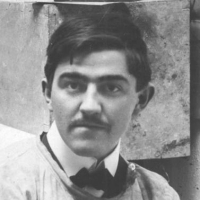
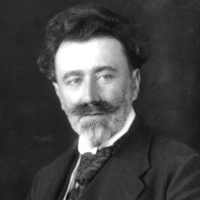
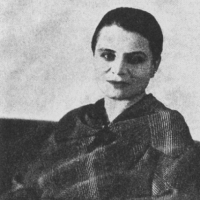

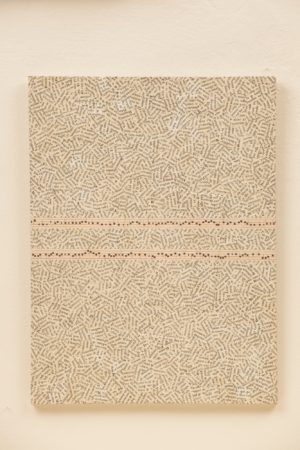

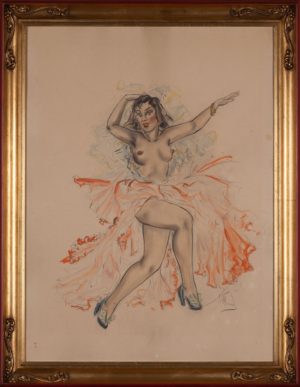


Recenze
Zatím zde nejsou žádné recenze.